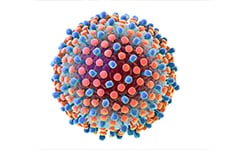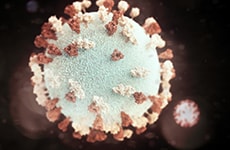Washington

- State Population: 7,785,786
- Local Health Departments: 35
- Frequent Public Health Emergencies: Fire, Flooding, Disease Outbreaks
- Key Emergency Operations Center Activations: 2020: COVID-19 Pandemic
- CDC PHEP Funding
FY 2022: $13,507,141FY 2021: $12,955,078
FY 2020: $12,478,656 - Public Health Crisis Response Funding
Mpox 2023 funding: $1,061,820
COVID-19 2021 funding: $45,536,572
COVID-19 2020 funding: $17,980,221
- Epidemiologists: 32
- Laboratorians: 6
- Planners: 14
- Other: 15*
*Includes IT specialists, administrative staff, statisticians, and other positions
1 Career Epidemiology Field Officer
1 Preparedness Field Assignee
- Community Preparedness
- Emergency Operations Coordination
- Public Health Laboratory Testing
- Medical Countermeasure Dispensing
- Information Sharing

In Washington, the PHEP program ensures state and local public health departments have response systems in place, notification protocols established, and personnel ready to manage emergencies. PHEP-funded staff in Washington responded to a hepatitis C outbreak in May 2018 by working closely with disease investigators, the local health department, and law enforcement. They established an incident management team, facilitated aid from other jurisdictions, and provided support and coordination to the local response effort. Initial estimates had more than 2,700 potentially exposed, and about 2,000 people were tested between May and August. Thirteen tested positive and were offered treatment, putting an end the outbreak.

In late 2016 and early 2017, a mumps outbreak in Washington affected more than 800 people of all ages. In response, the state health department used PHEP funds to mobilize an Epidemiology Task Force to support local health departments with case investigation, disease surveillance, and risk communication activities.